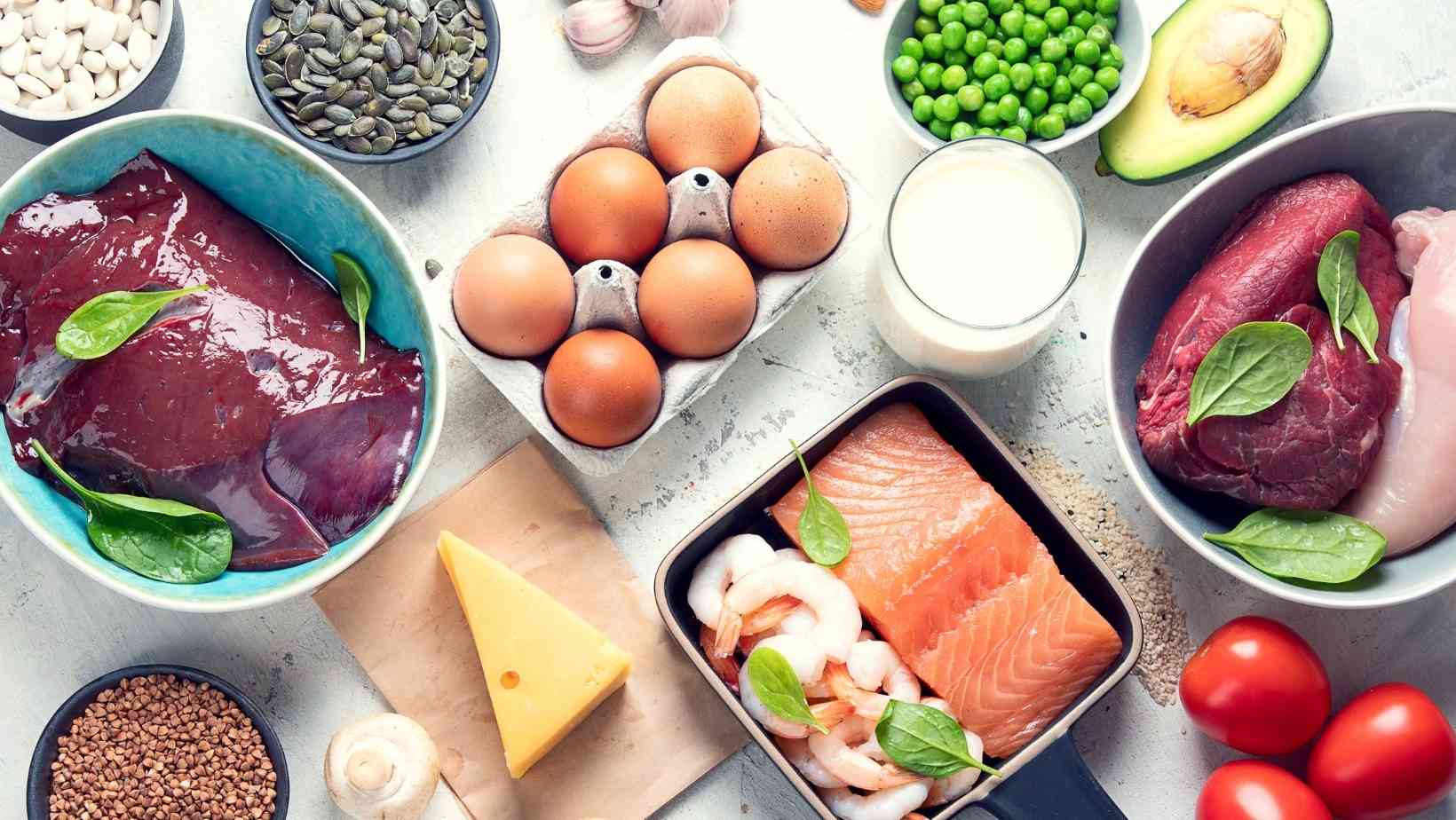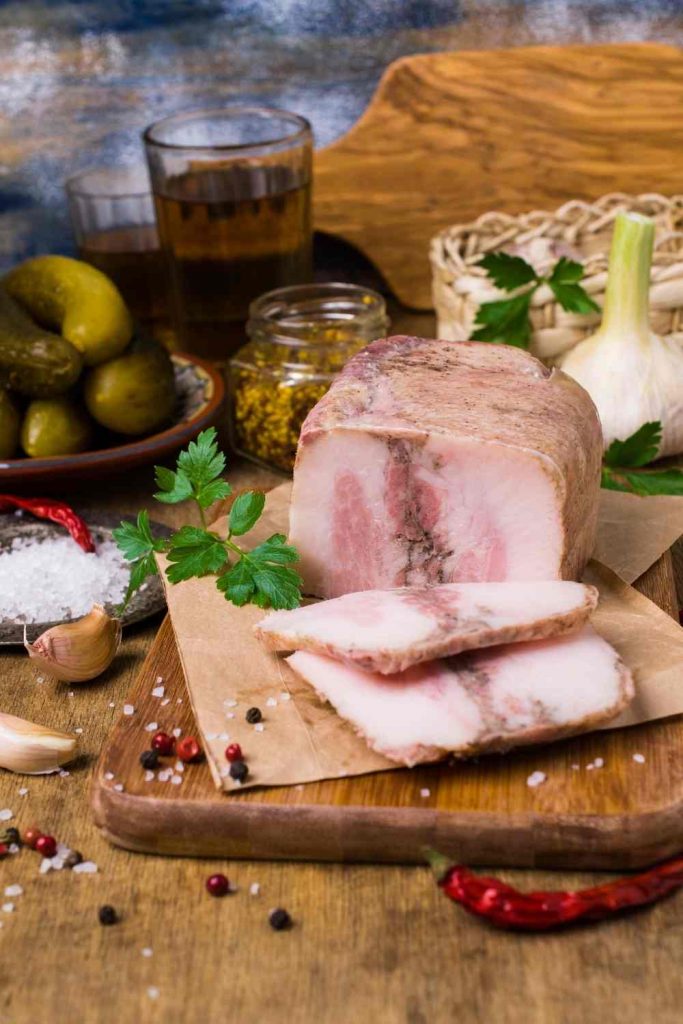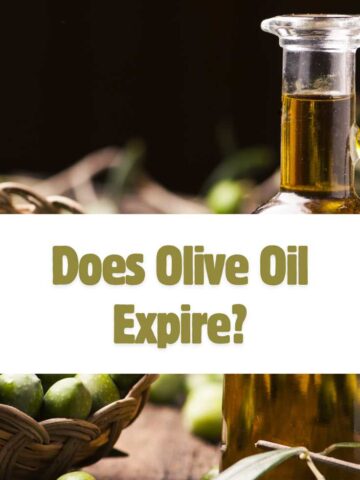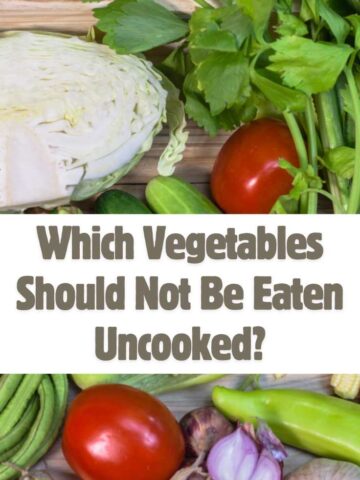Zinc is a mineral that your body requires in large amounts. Furthermore, since zinc is not produced by the body, it must be acquired from the foods you consume or through the use of supplements. Zinc is involved in a variety of vital body processes, including cell division, immunological function, wound healing, and other processes.
Many foods, including meats and seafood, as well as high-protein foods such as beans and nuts, contain significant levels of zinc, making them excellent sources of the mineral. Whole grains and dairy products include zinc, which may help you maintain a healthy diet by balancing your blood sugar levels.

Exactly Why Do You Need Zinc?
Zinc is the second most prevalent trace mineral in the body, behind iron. These two nutrients are often found together in the same dietary sources, and both are essential for maintaining general health and the function of the body.
An adult lady should eat 8 milligrams of zinc per day, but an adult male should consume 11 milligrams per day. According to the National Institutes of Health, an adult should consume a total of 40 milligrams of zinc each day at the most.
Before using a zinc supplement, you should consult with your physician. Zinc may reduce the efficacy of various medications, including antibiotics, Penicillamine (a medication used to treat rheumatoid arthritis), and Thiazide diuretics (which are used to treat high blood pressure) (blood pressure drugs). Additionally, oral zinc supplements have been linked to the following side effects:
- Indigestion
- Diarrhea
- Headache
- Nausea
- Vomiting
Zinc is an essential nutrient that helps with the following processes:
The Activity of Enzymes
Zinc is required for the normal operation of over 300 enzymes in the body, and it is involved in a variety of functions such as digestion, metabolism, and nerve health, among others.
Cell Division and Growth in Children
The mineral zinc has also been shown to aid in the improvement of growth and development in youngsters, and it is essential for cell division in humans.
The progression of macular degeneration
Among people over the age of 50, macular degeneration is a prevalent disorder that results in impaired or diminished central vision. As a result of the thinning of the macula, this occurs. Zinc has been demonstrated in certain studies to be effective in slowing the course of age-related macular degeneration.
Healthy Skin
Zinc is required for optimal skin function and for skin to stay healthy and youthful. In order to combat skin diseases such as infections, acne, skin ulcers, and other skin disorders, zinc-containing treatments have been regularly utilized in dermatology for decades.

Cold and Flu Treatment
Research shows that consuming a zinc lozenge or syrup within 24 hours of the onset of cold symptoms may help to reduce the length of time that a cold lasts. It has been reported that using intranasal zinc (zinc nasal spray) may cause a loss of smell that can last for a long time.
Zinc-fortified foods
Zinc may be found in a variety of foods that are common to most people's diets, including meat and fish, as well as whole grains, beans, and nuts. Here are seven high zinc foods.
Jump to:
1. Oysters
Oysters have the highest amount of zinc of any other meal, with 74.1 milligrams in a 3-ounce portion of cooked, breaded, and fried oysters, according to the USDA. That is equivalent to 673 percent of the average daily amount.
2. Crab
Crab is another seafood that is high in zinc. Three ounces of cooked Alaskan king crab contains 6.48 milligrams of zinc, which is 59 percent of the recommended daily intake for men and women. Consume a large amount of shellfish to acquire a significant amount of zinc in your diet.
3. Beef
Zinc is found in abundance in red meat, particularly beef. A 3-ounce portion of beef chuck roast has 8.44 milligrams of zinc, according to the USDA.
4. Pork
Pork chops are also a good source of iron and zinc, which may assist to balance out your diet. Pork chops at a serving size of 4 ounces contain 2 milligrams of zinc per serving.

5. Lobster
An additional source of zinc in addition to oysters and crab meat is lobster, which may be found in large quantities in this mollusk. A small lobster has 4.74 mg of zinc per serving. Consume this zinc-rich supper with beans or peas to round out the experience.
6. Chickpeas
Significant levels of zinc are found in legumes, which include beans and nuts, among other things. Chickpeas are an excellent source of this vitamin, as are other legumes. One hundred grams of chickpeas provides 1.5 milligrams of zinc, which is equivalent to one meal.
7. Cashews
Nuts are a terrific snack to have on hand throughout the day, and many of them are excellent sources of zinc for a healthy, well-balanced diet. Cashews, for example, provide 3 milligrams of zinc in a single container of 56 grams, or 3 milligrams per serving. Cashews are a delicious way to get more zinc into your diet throughout the day.




